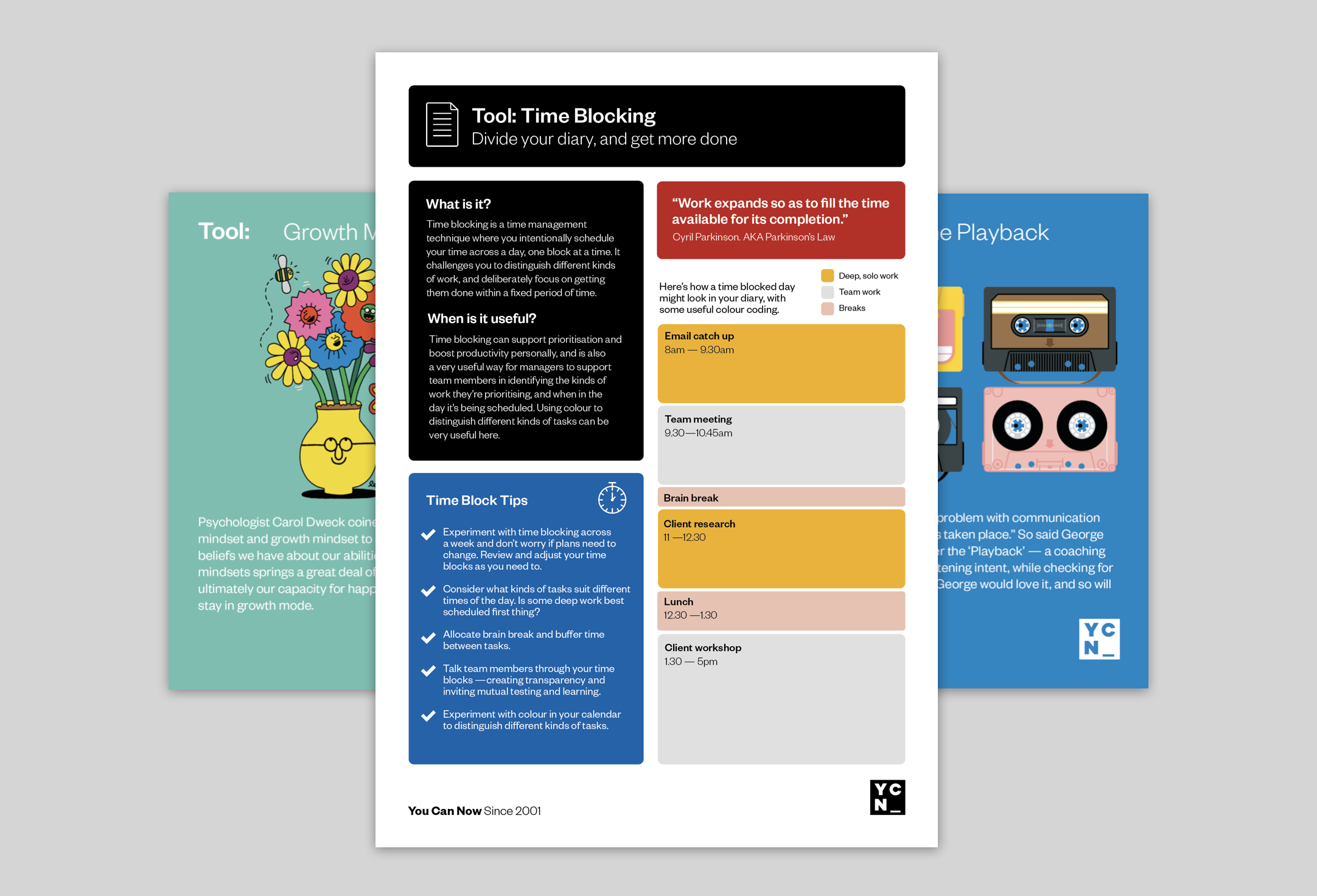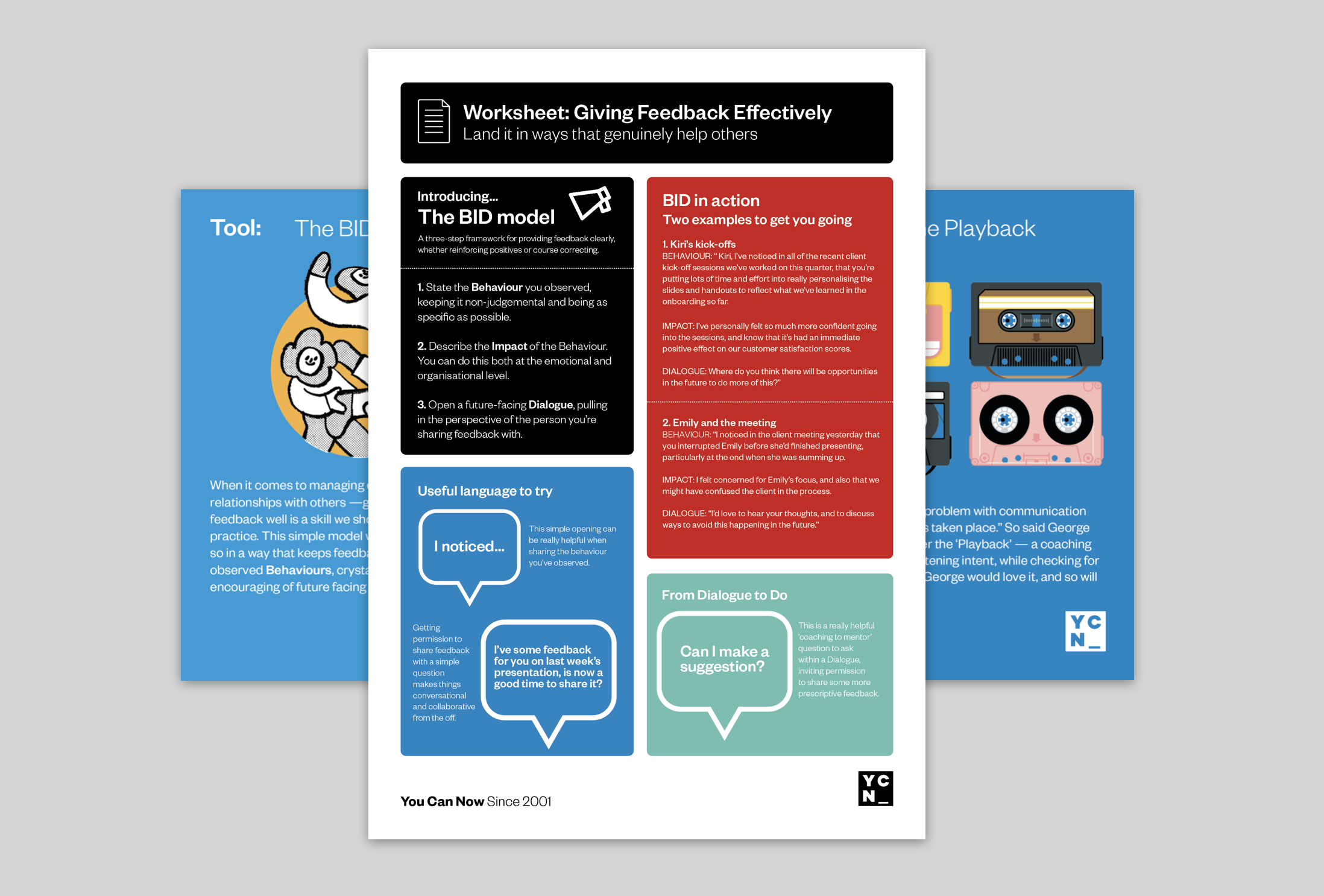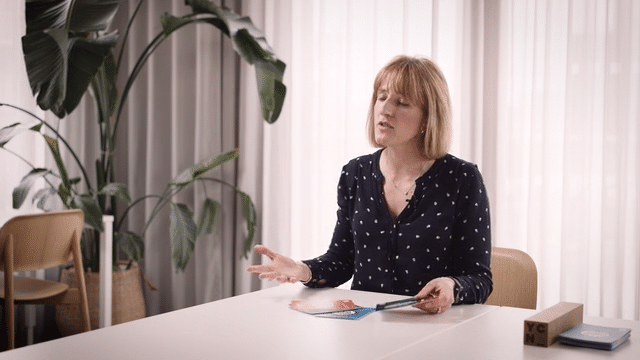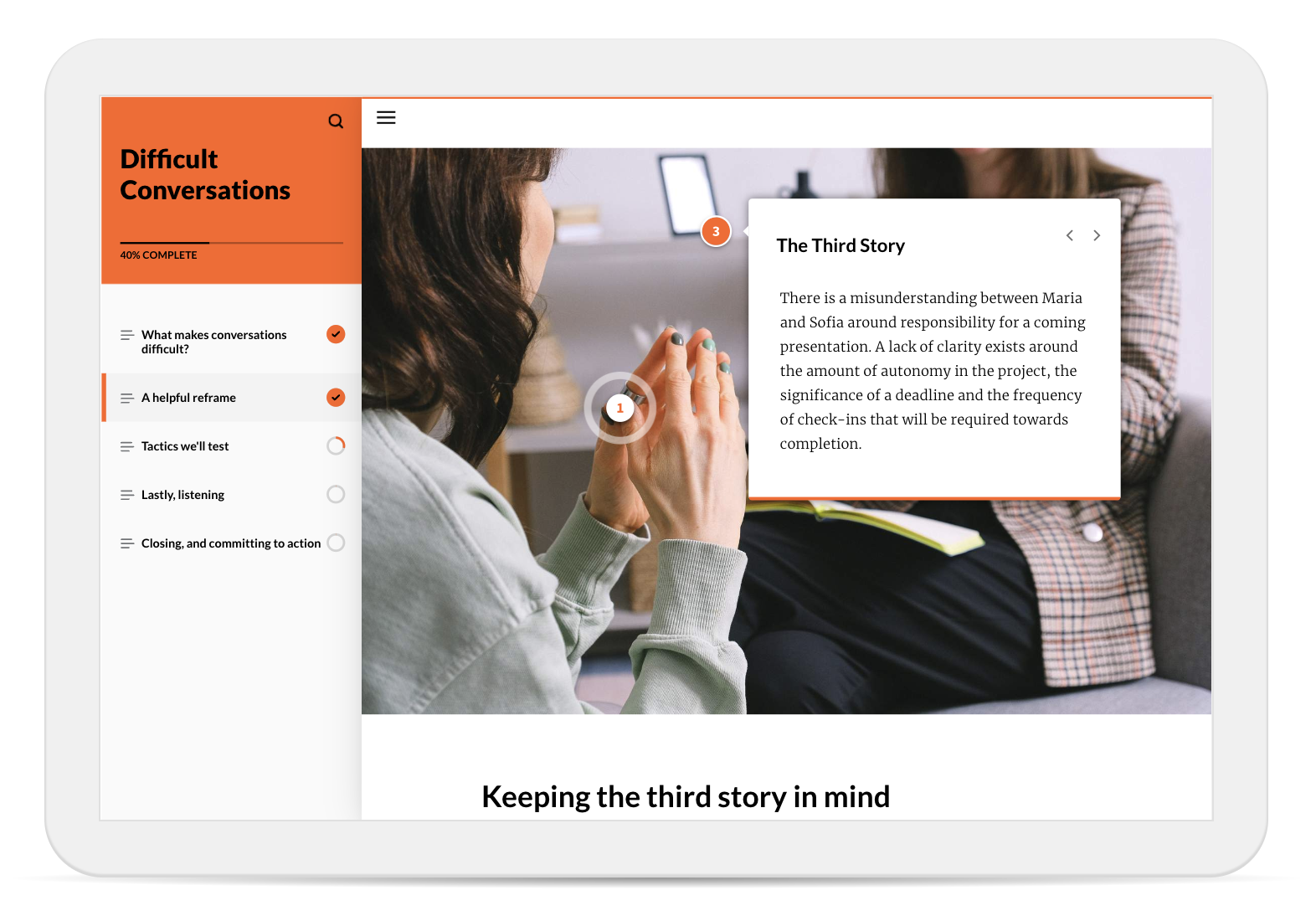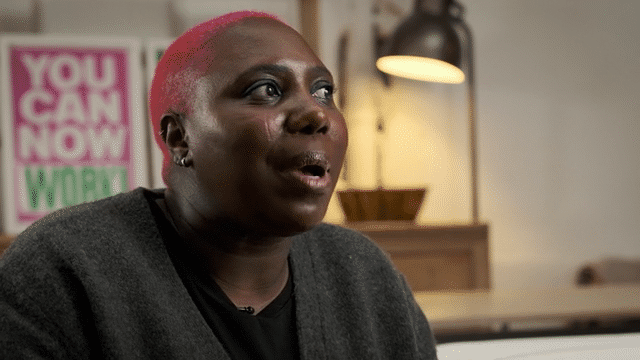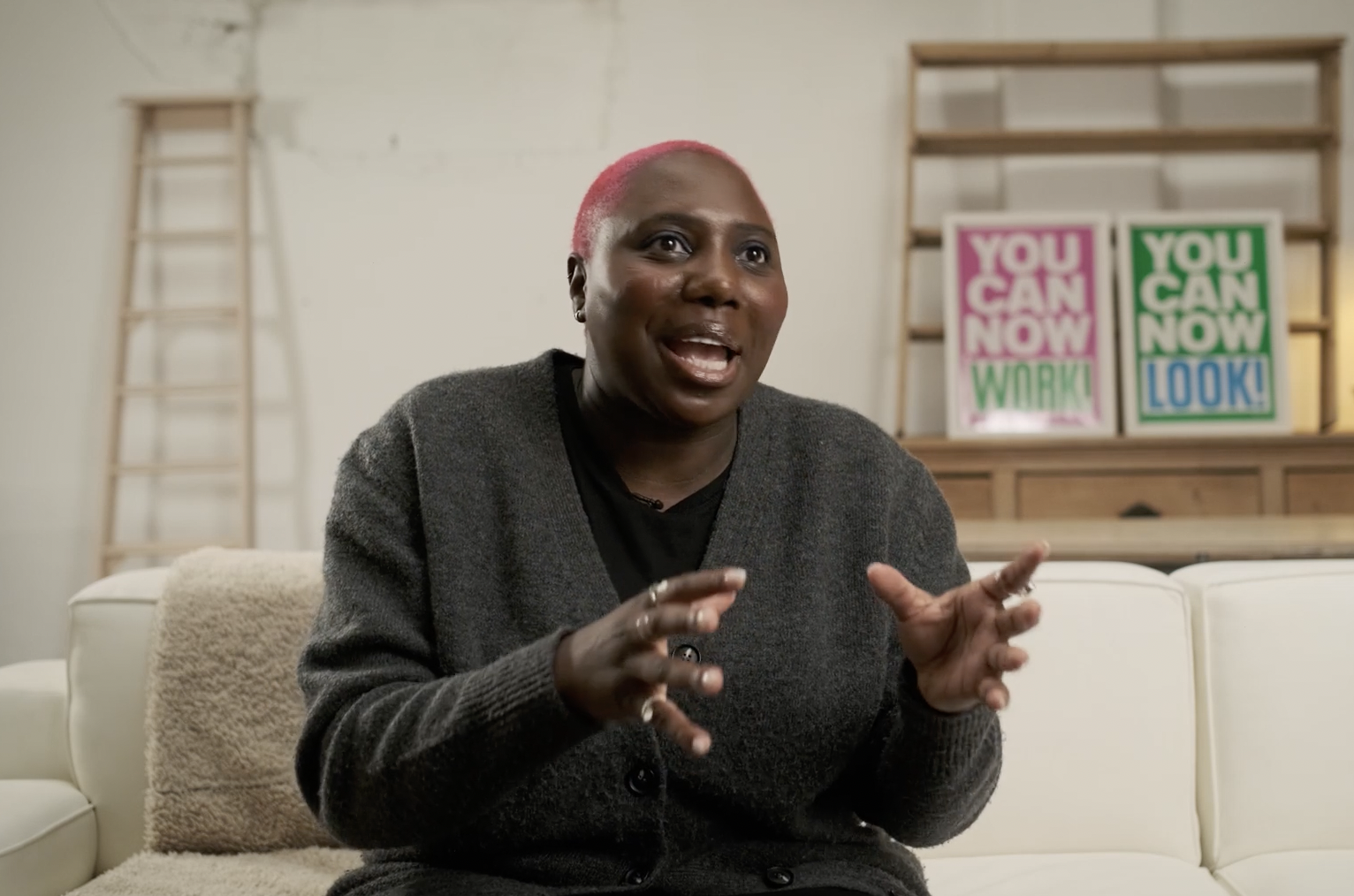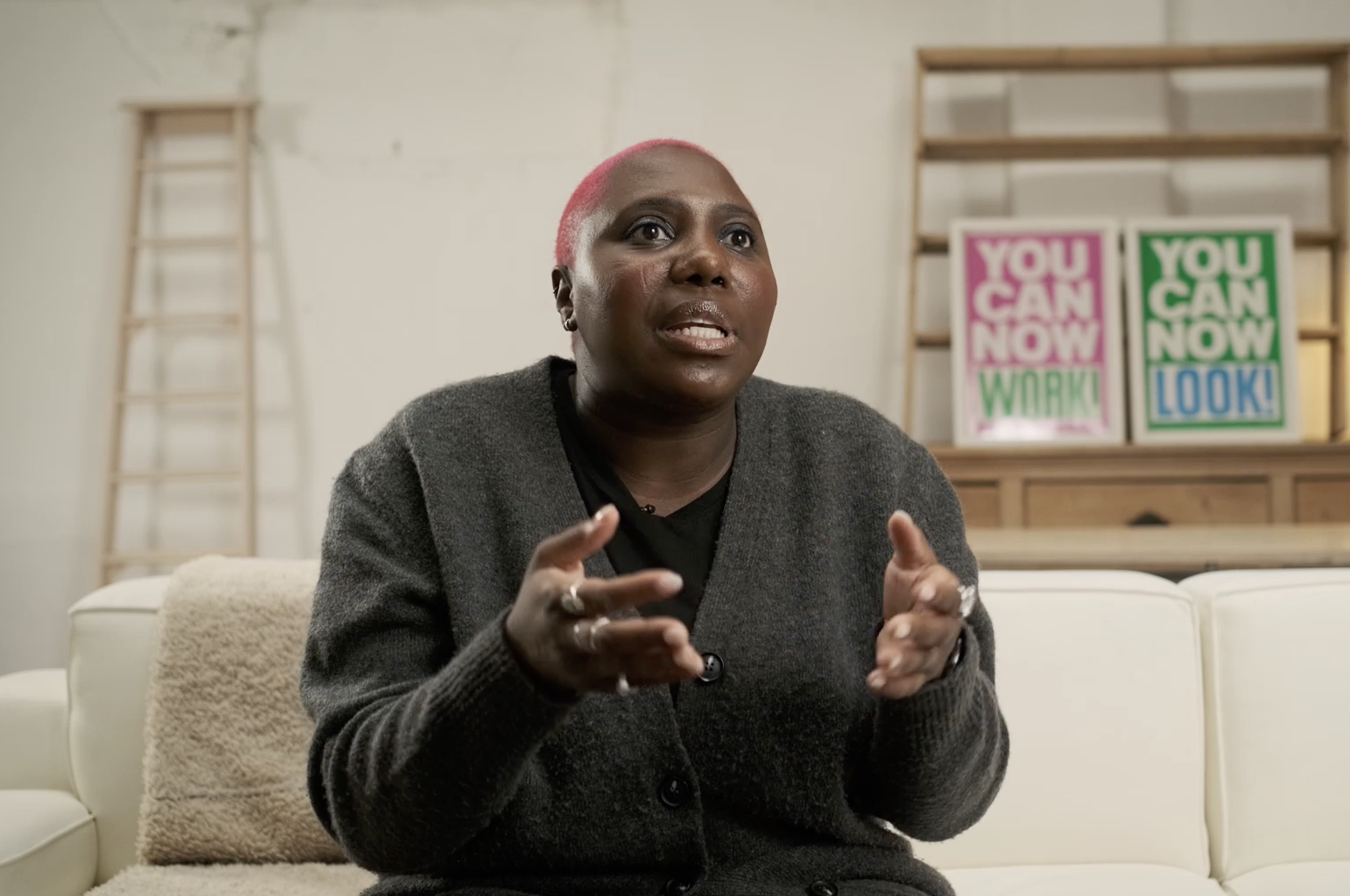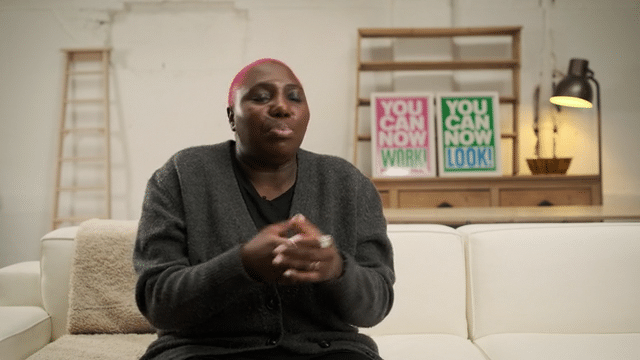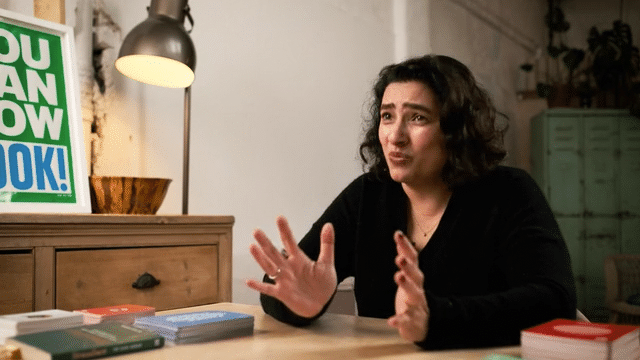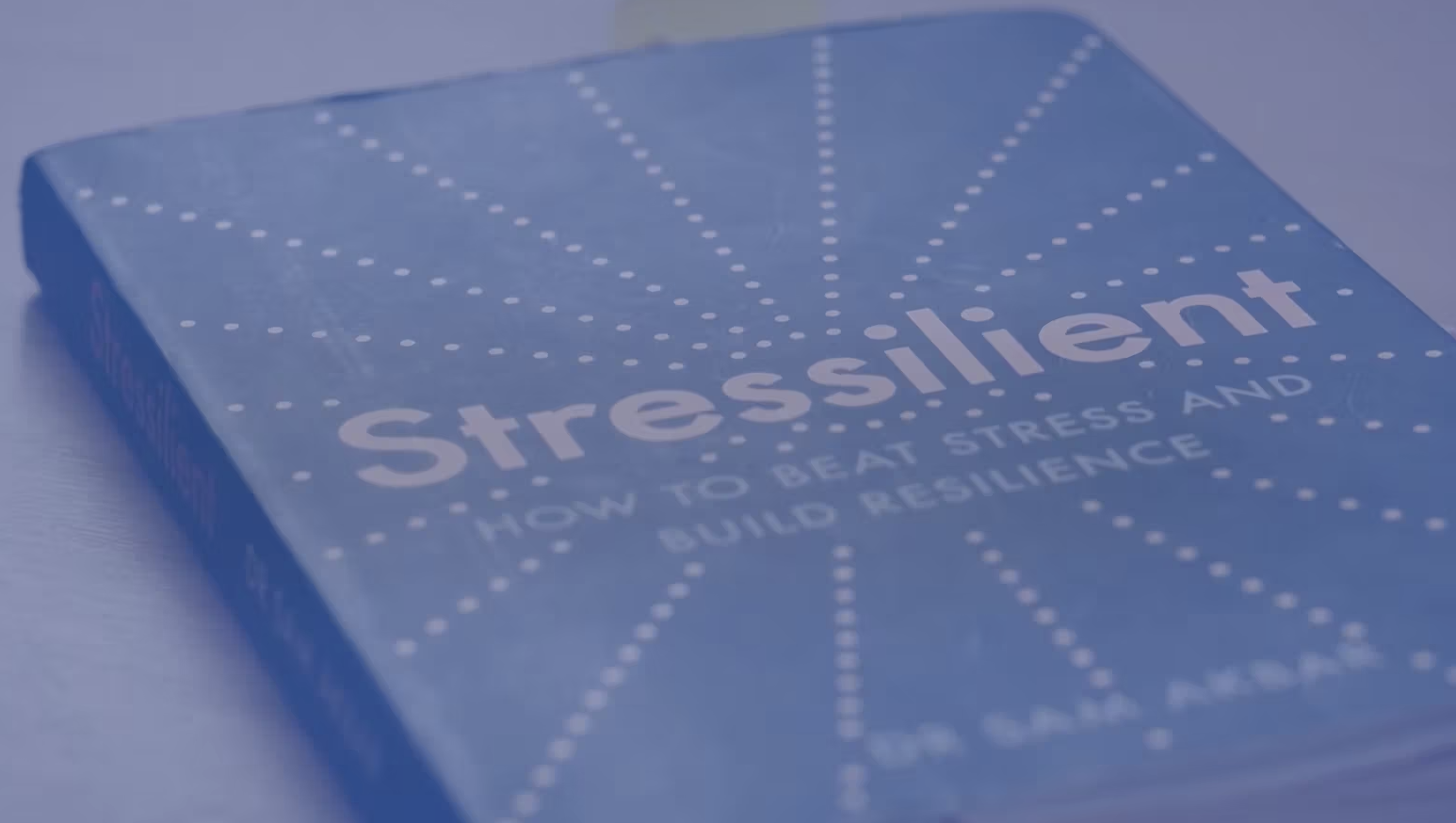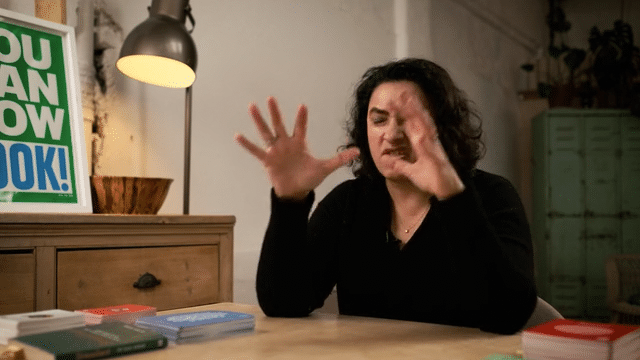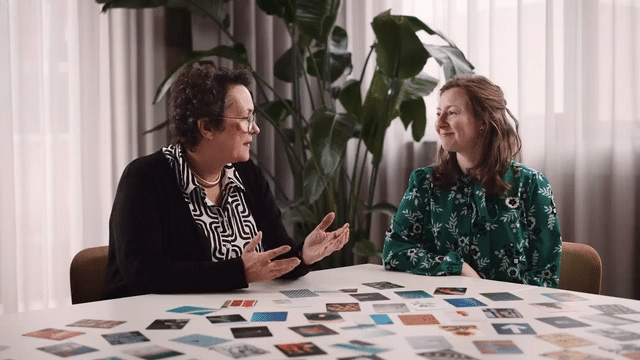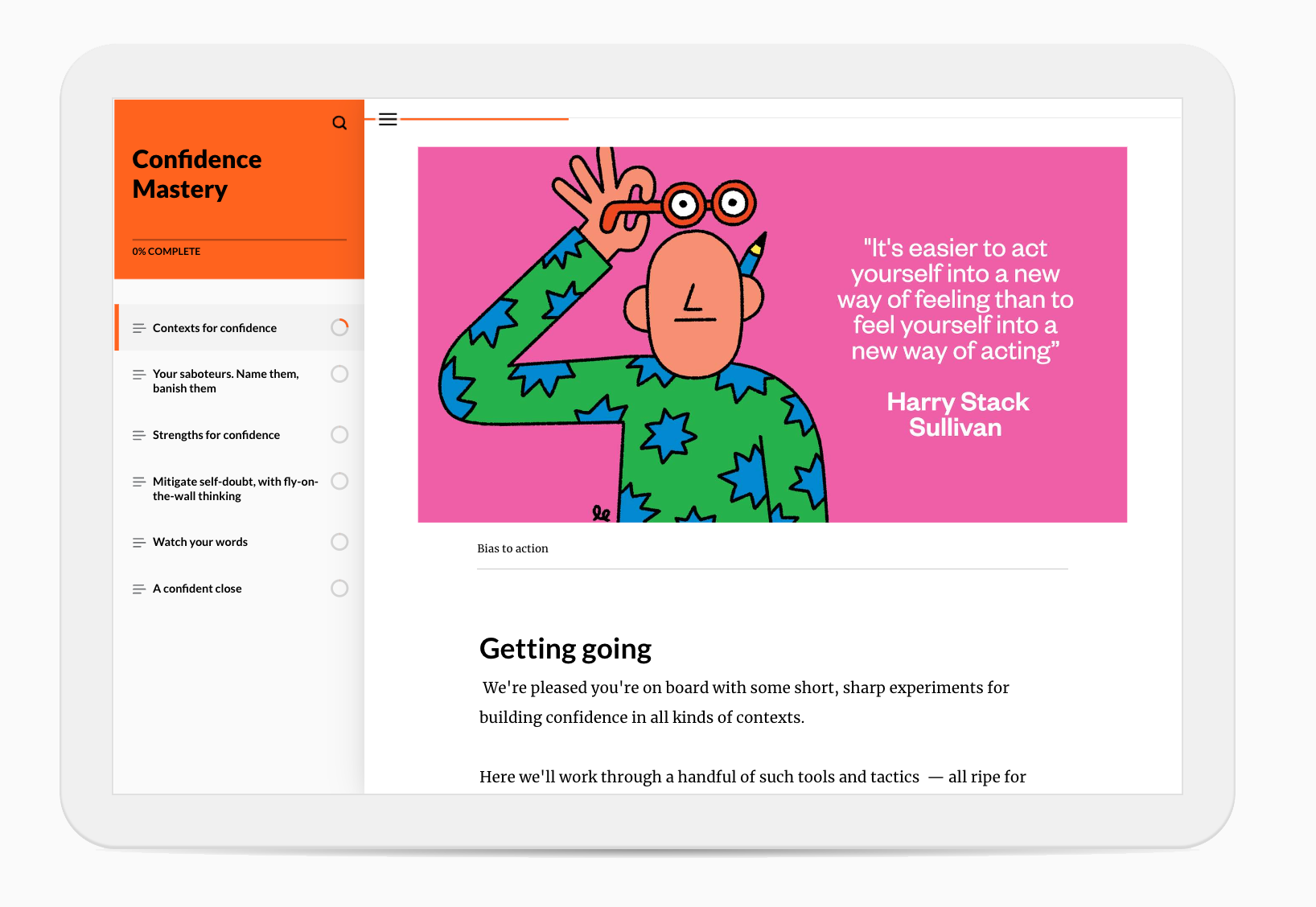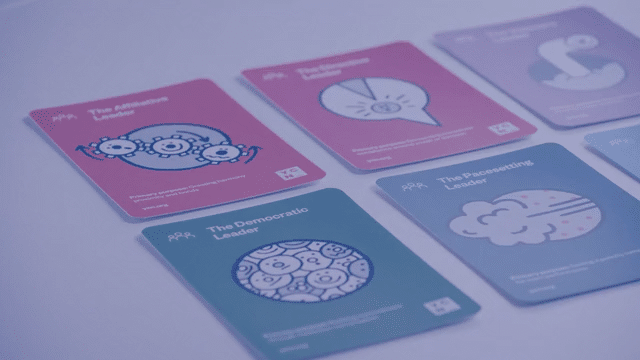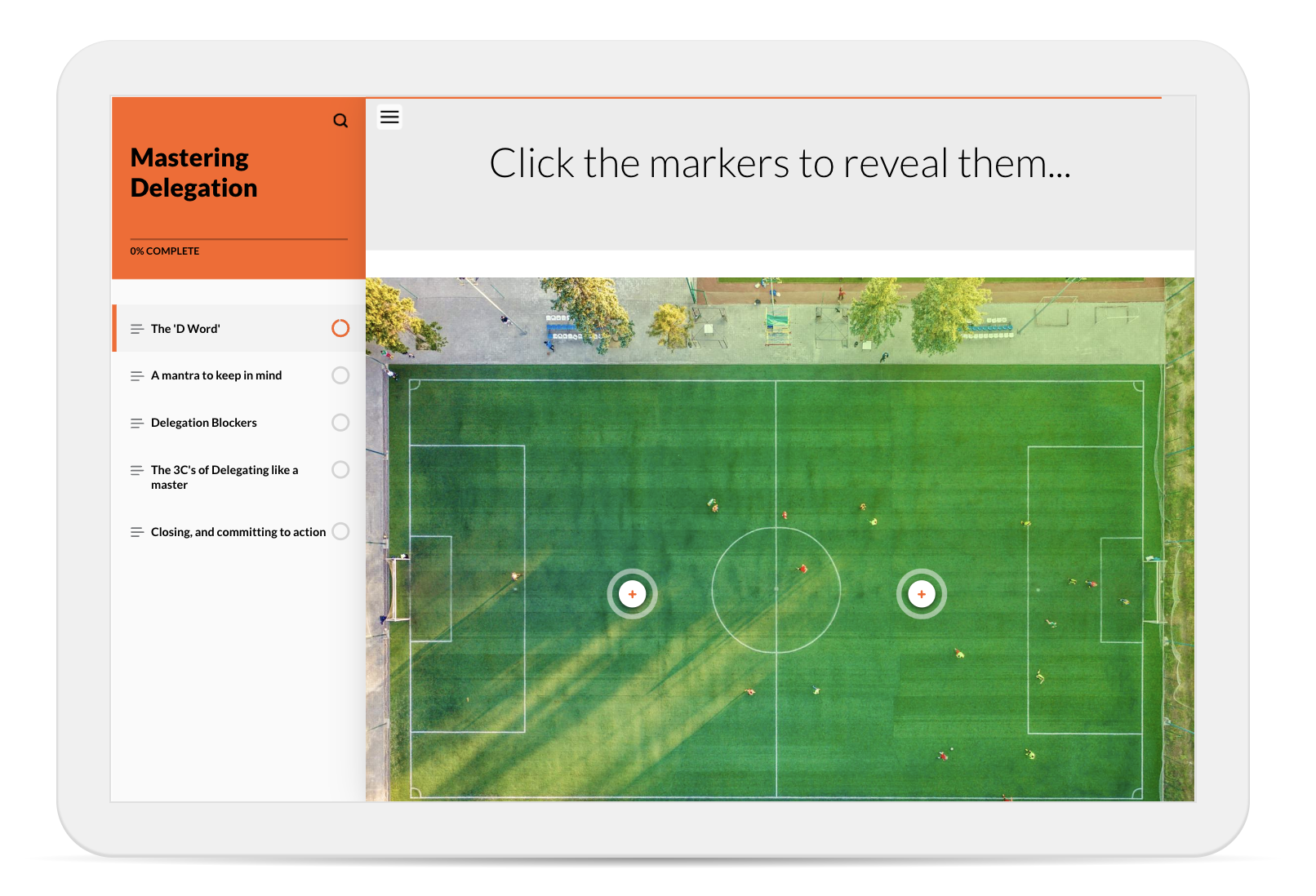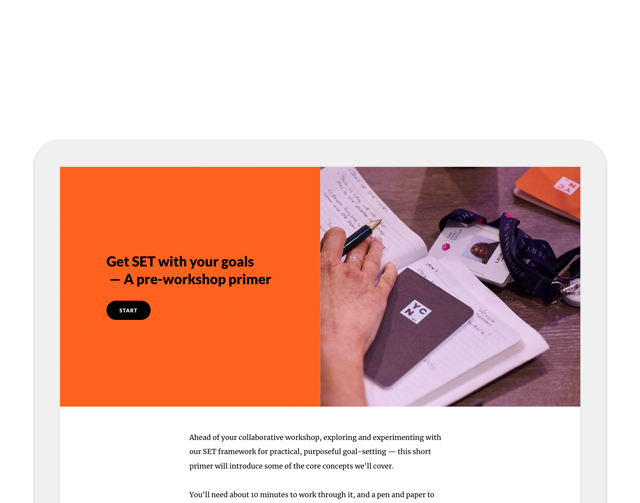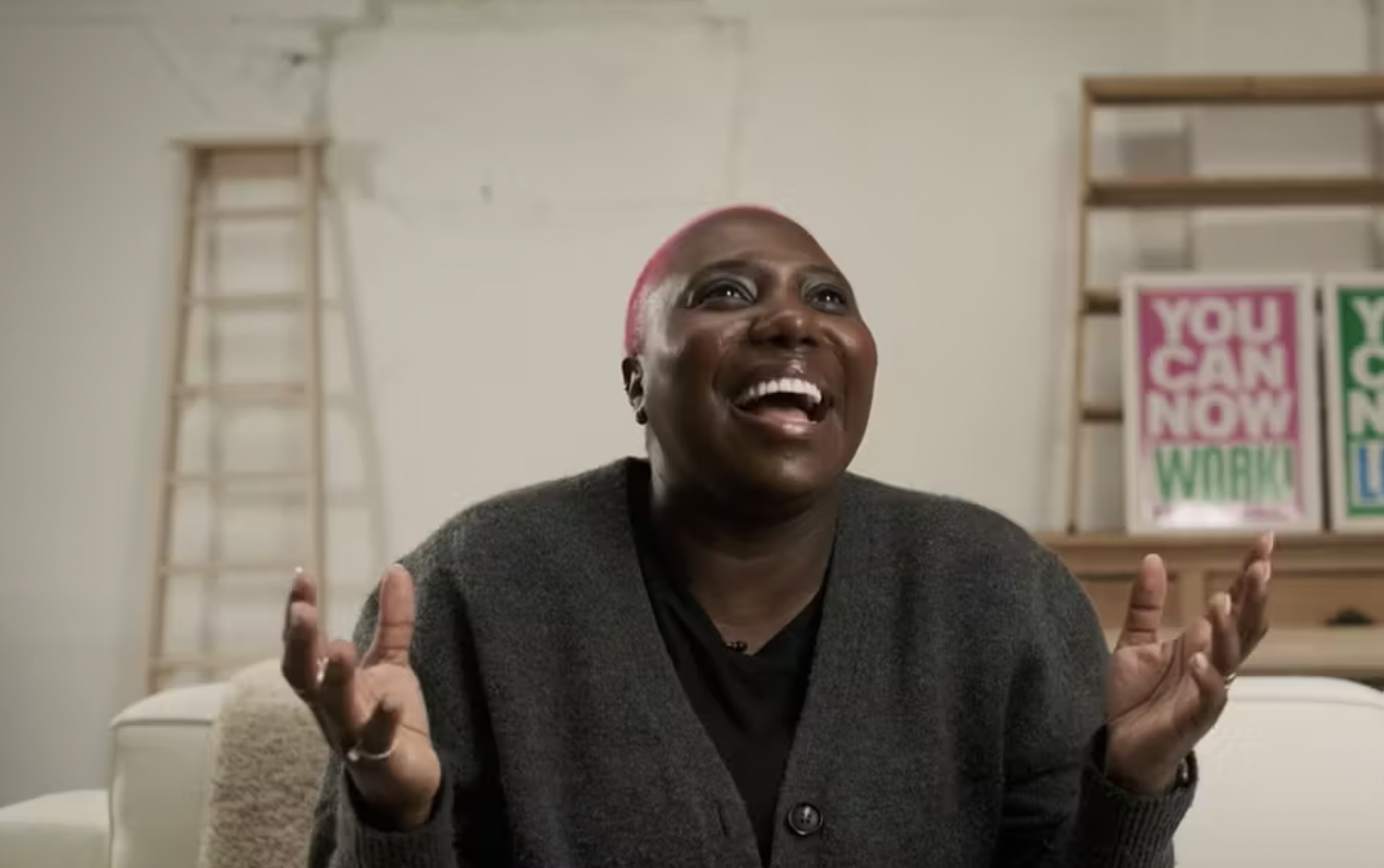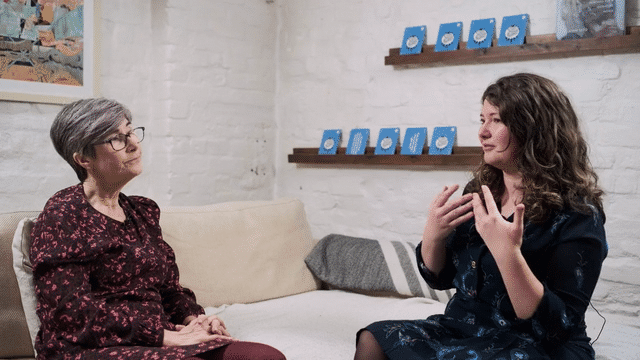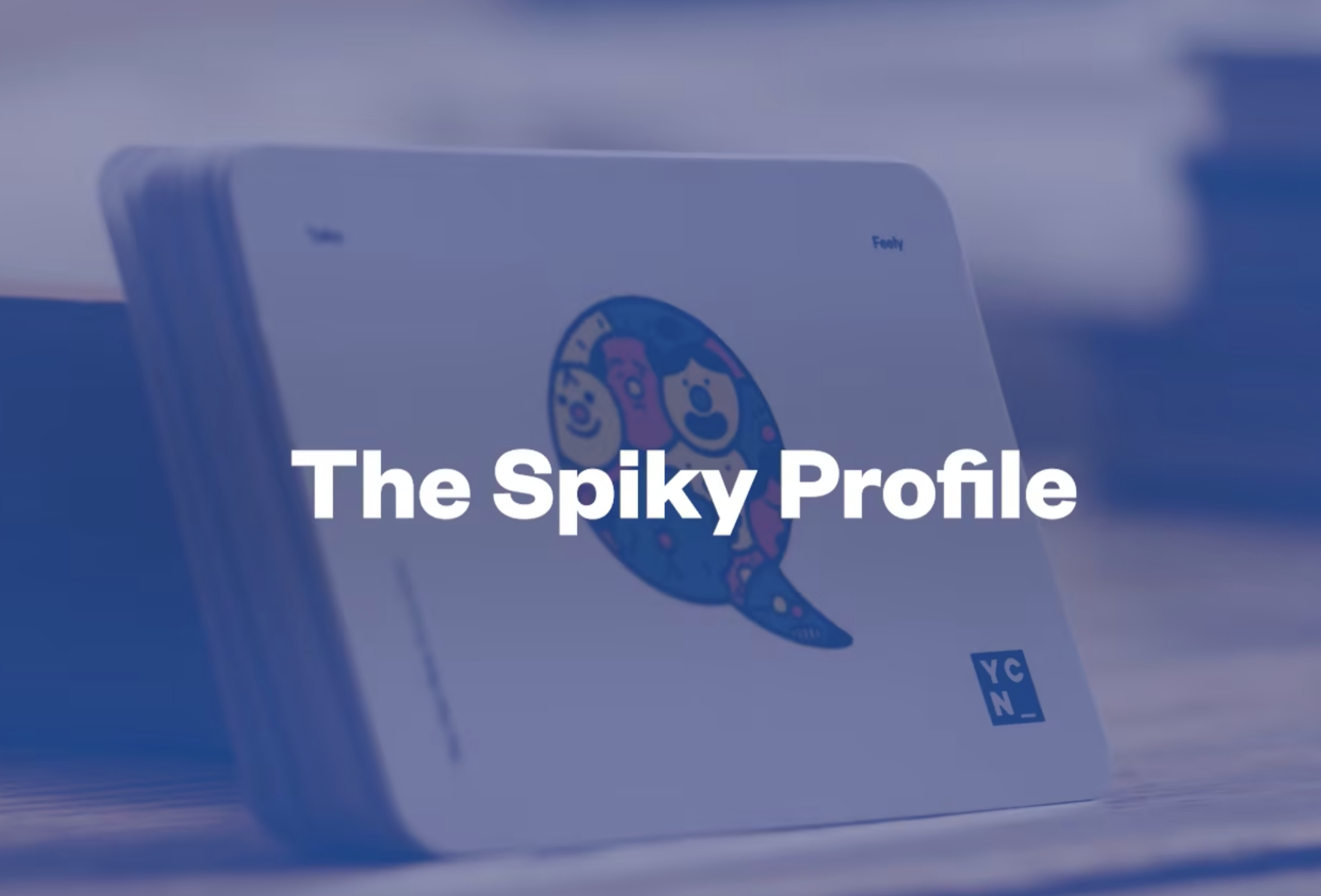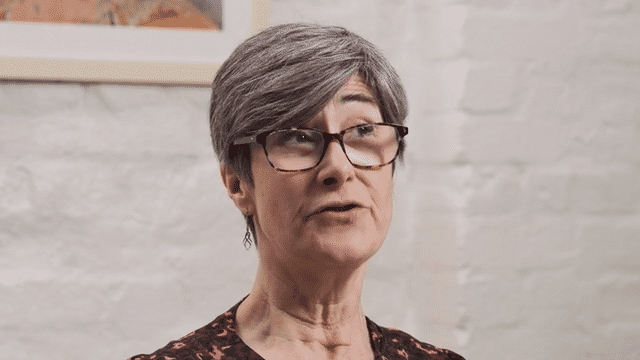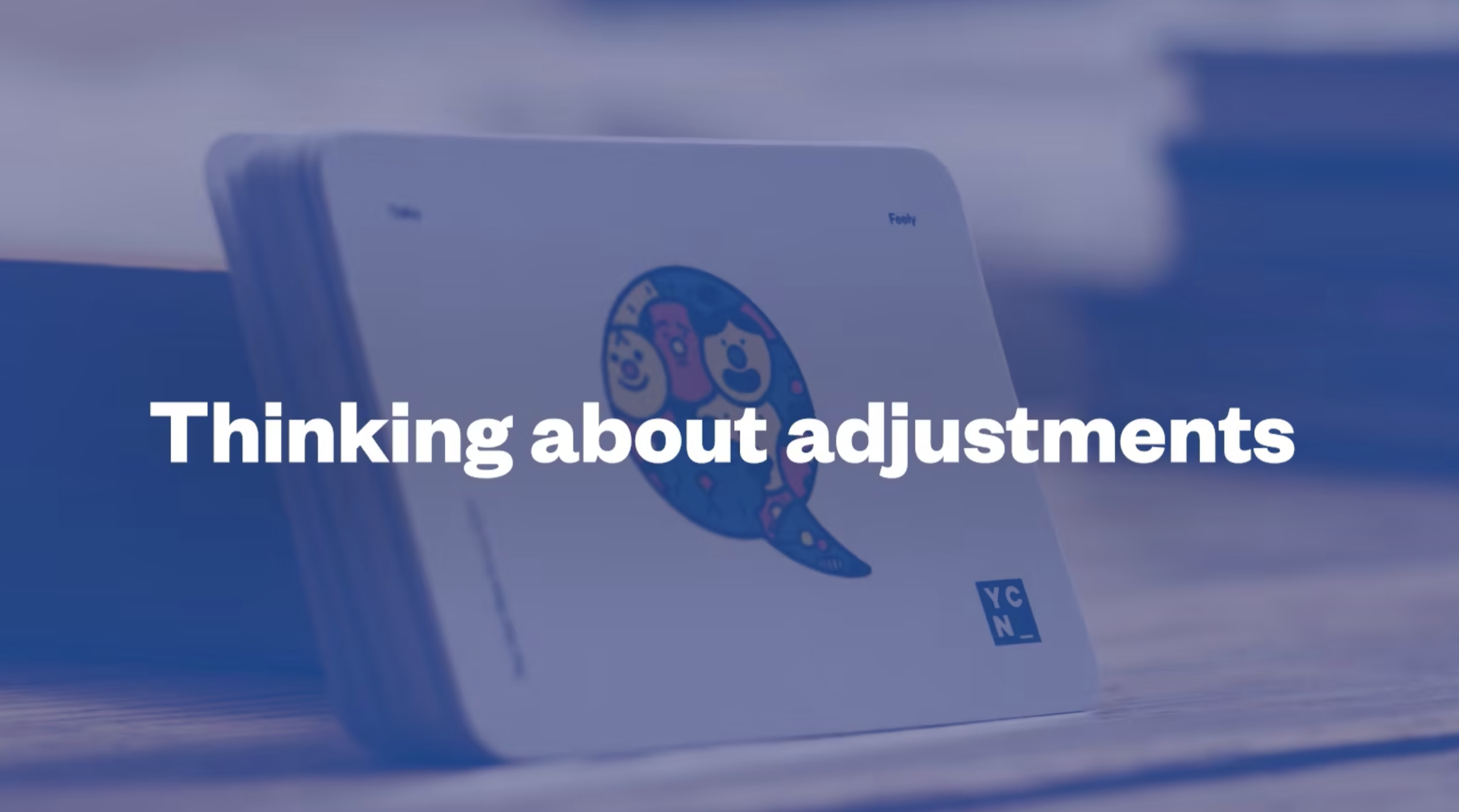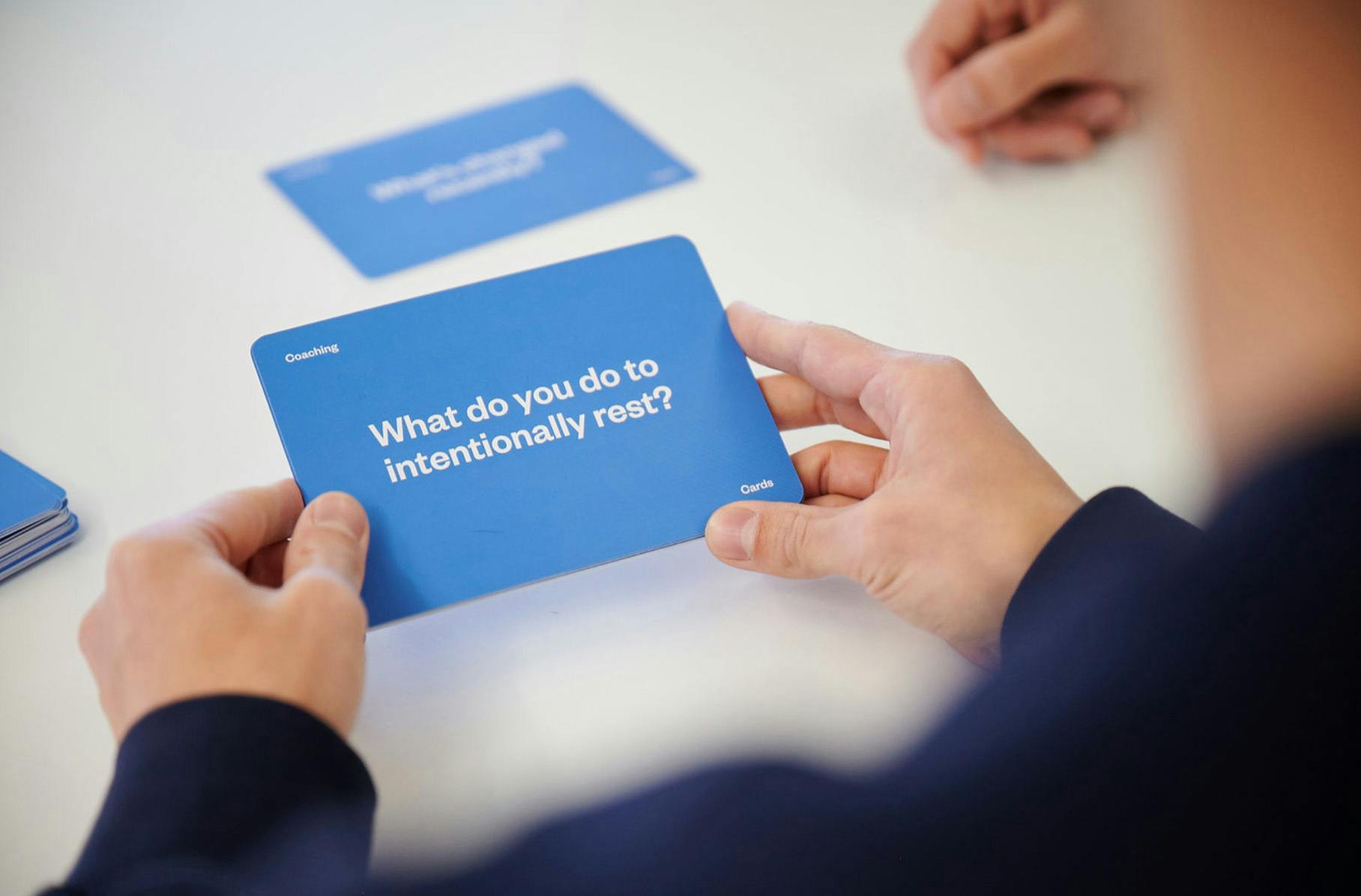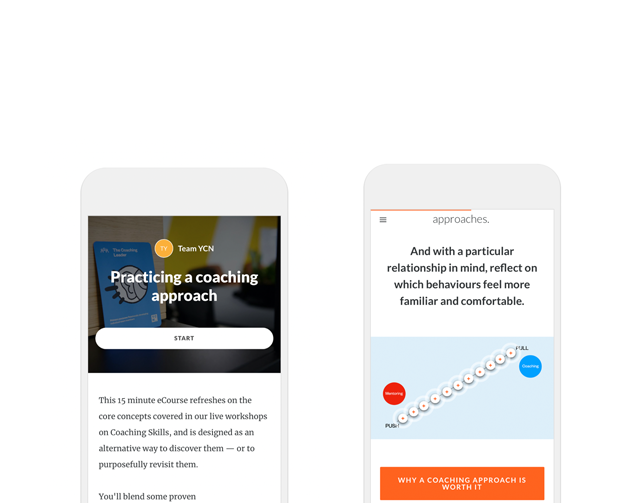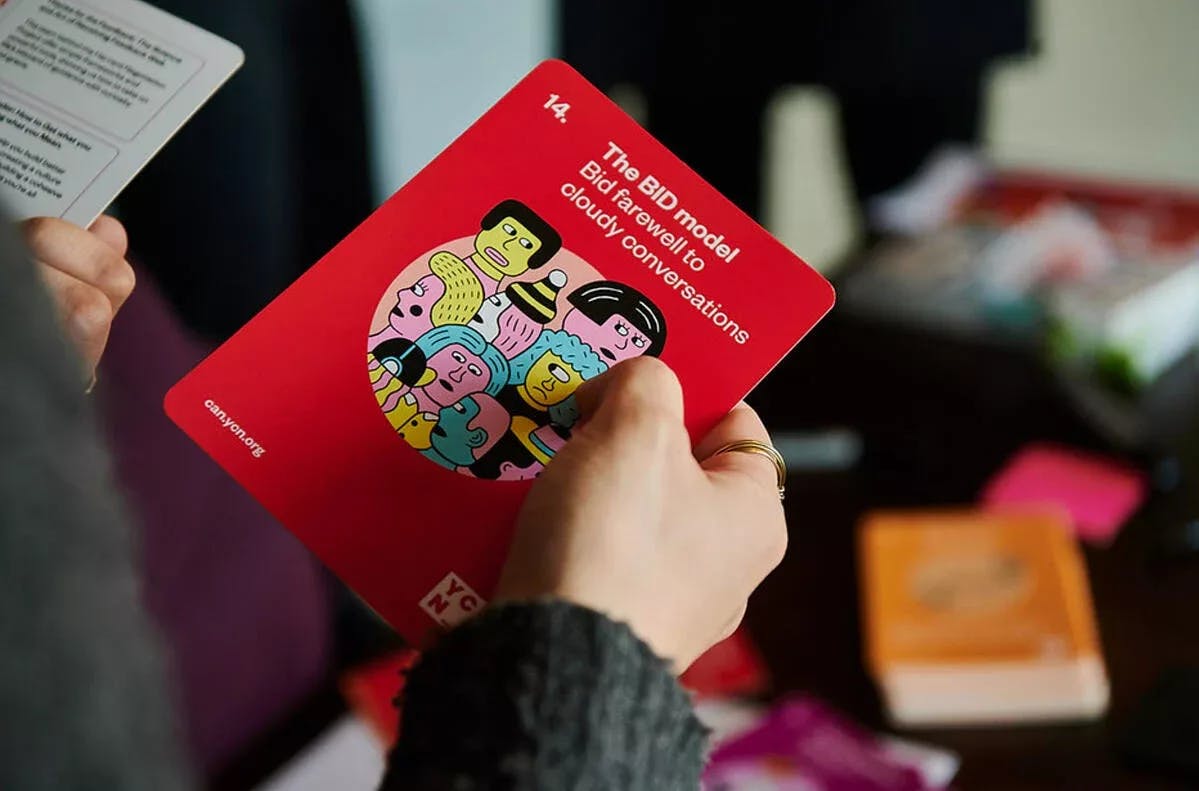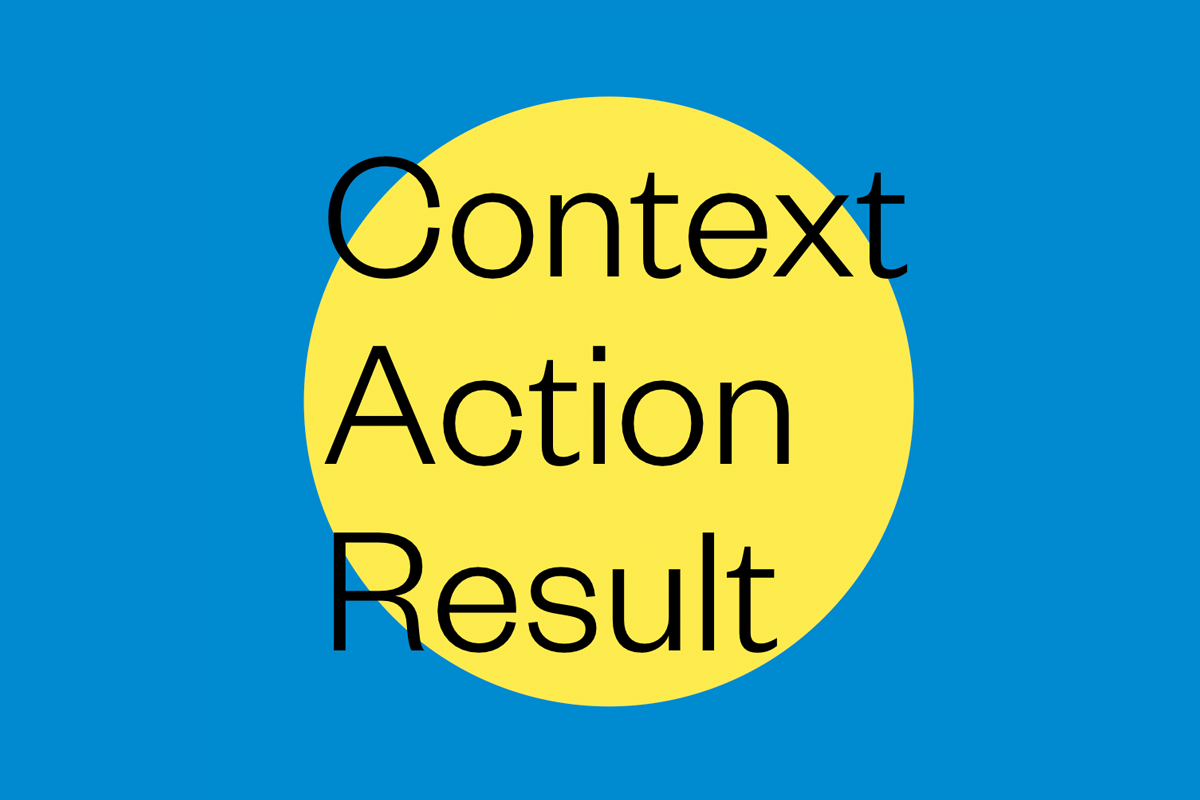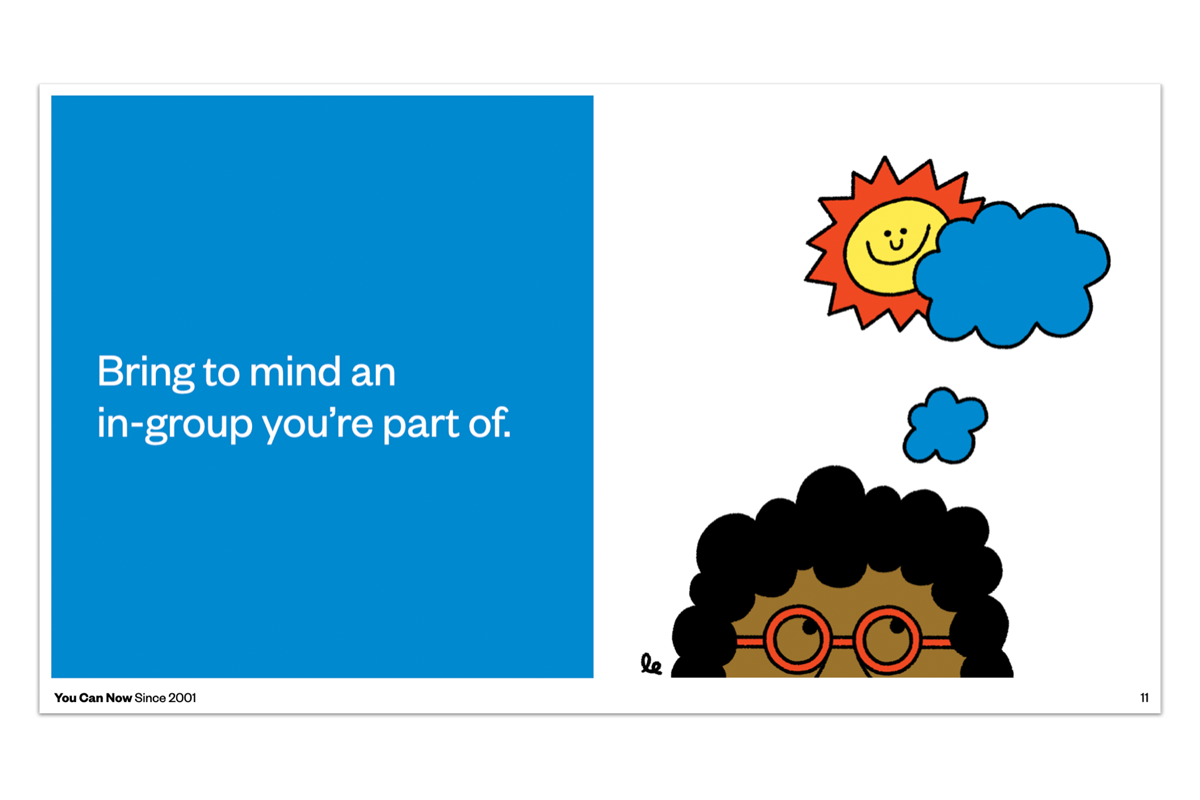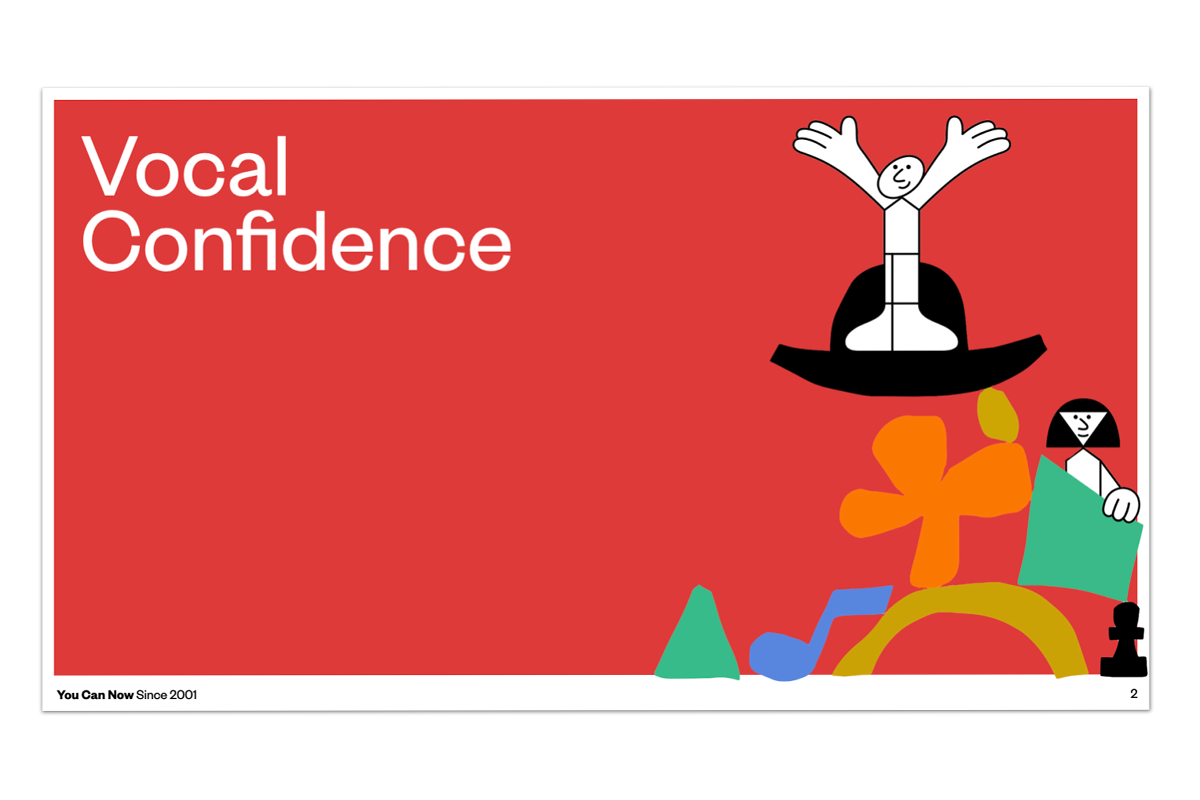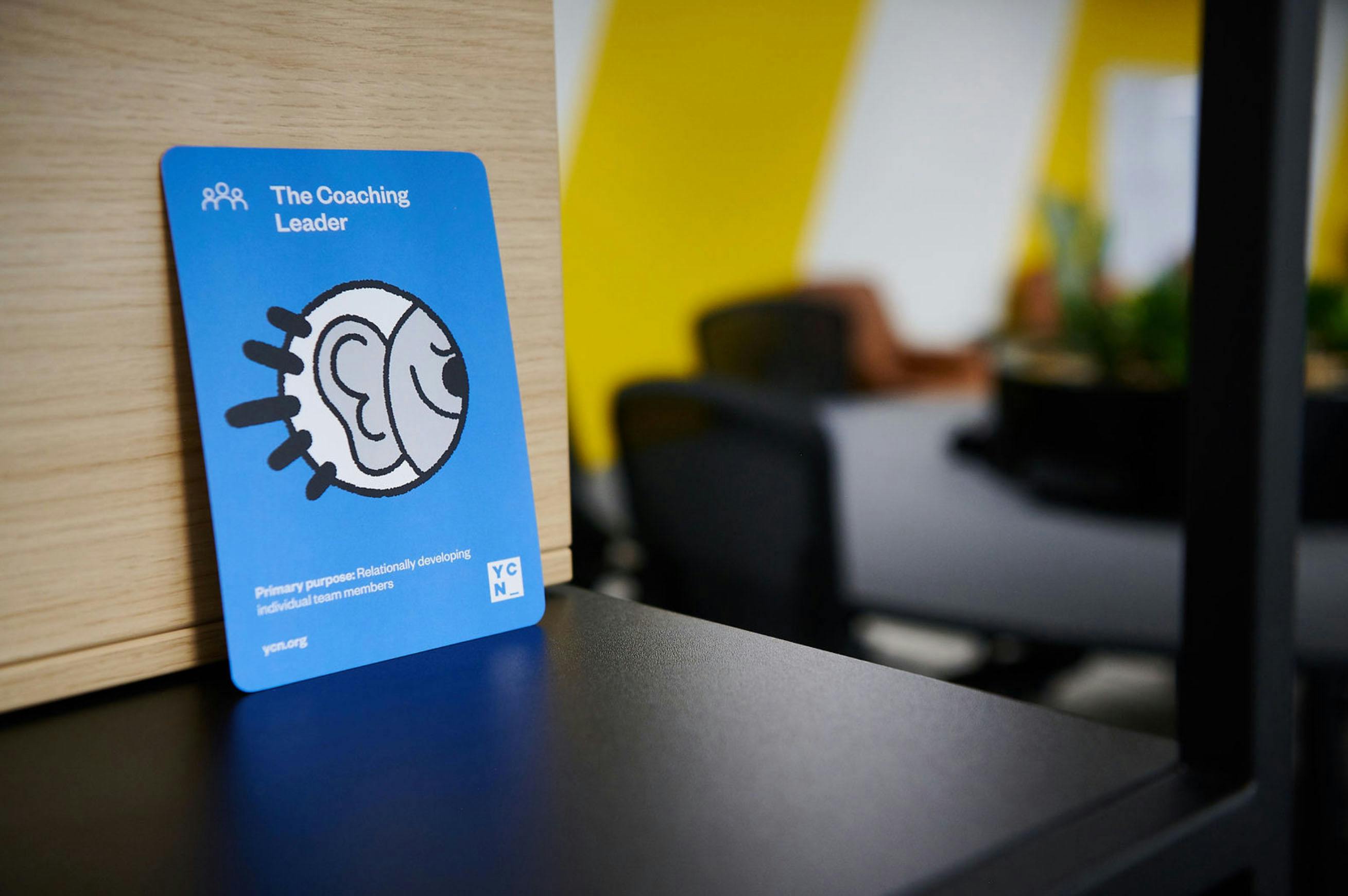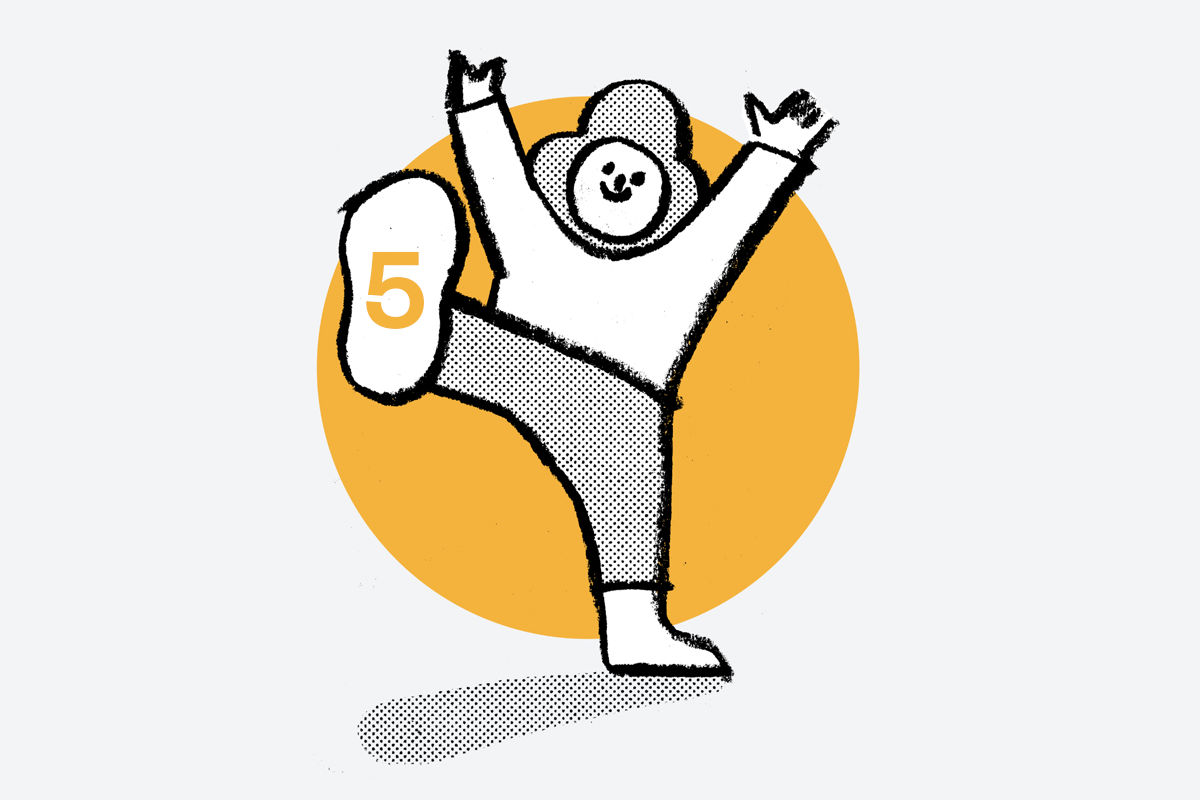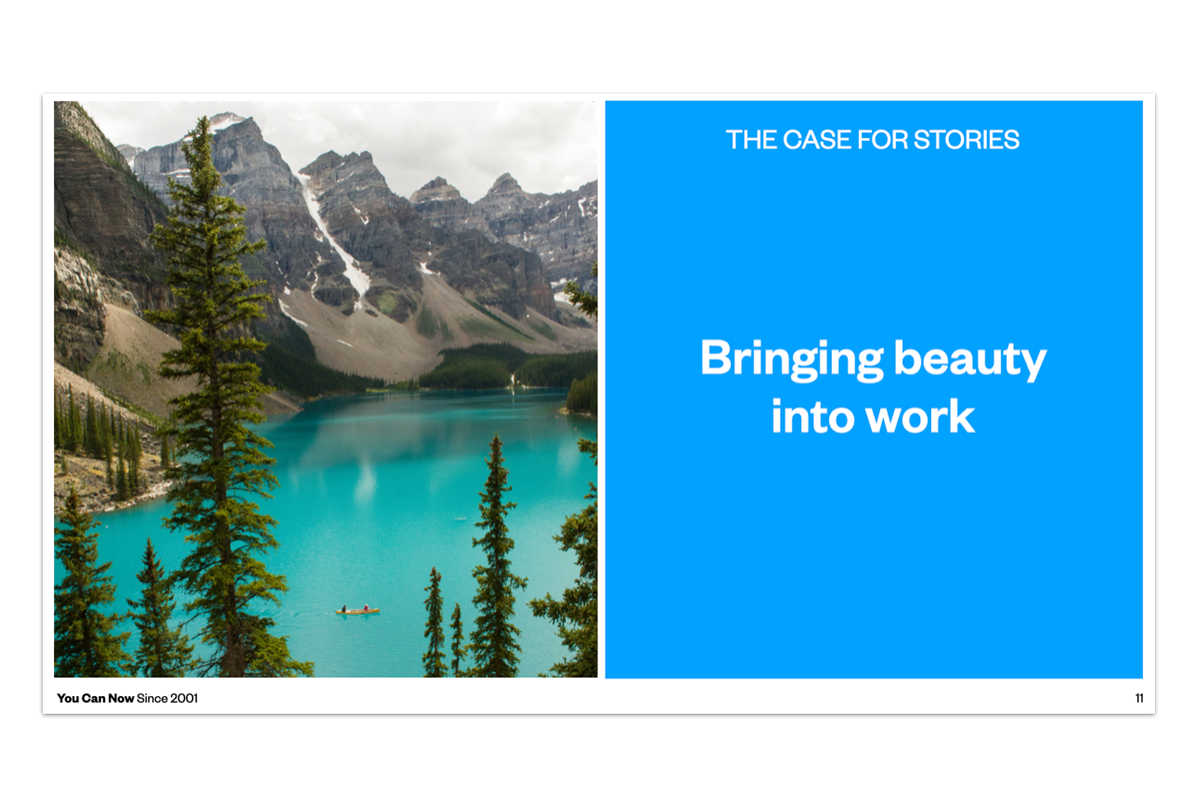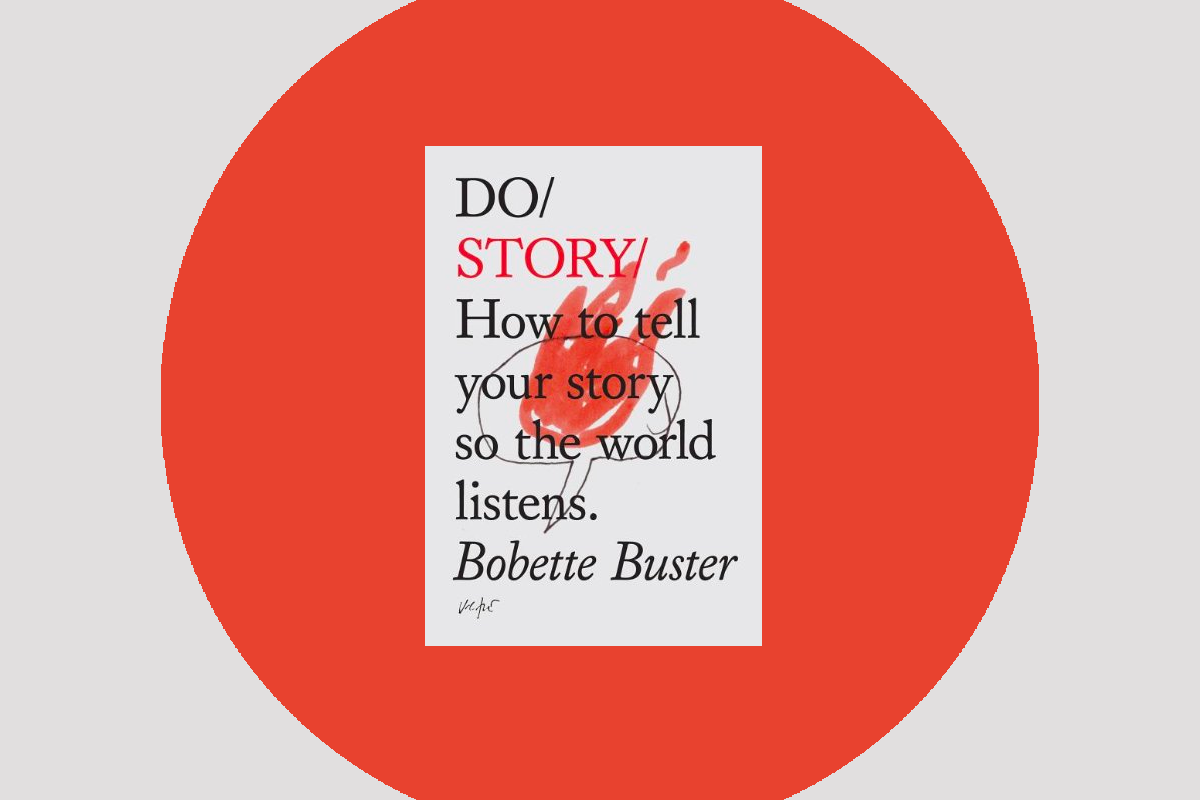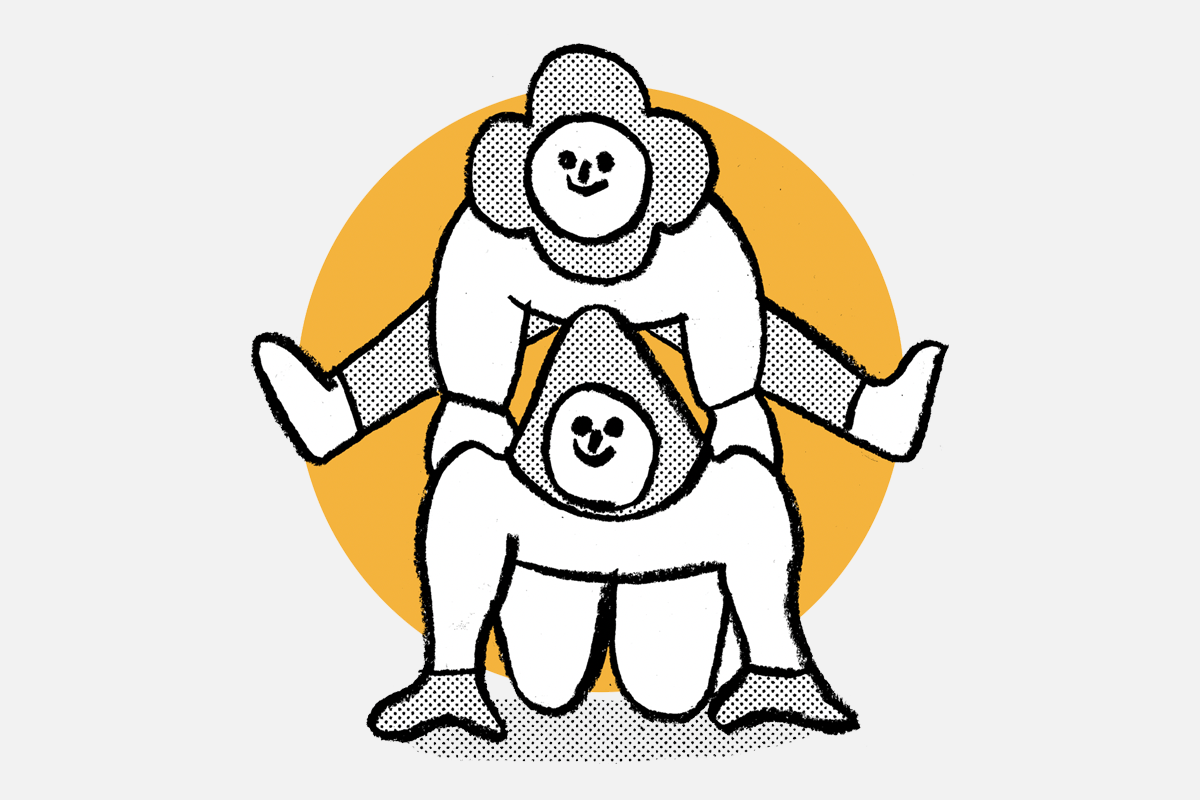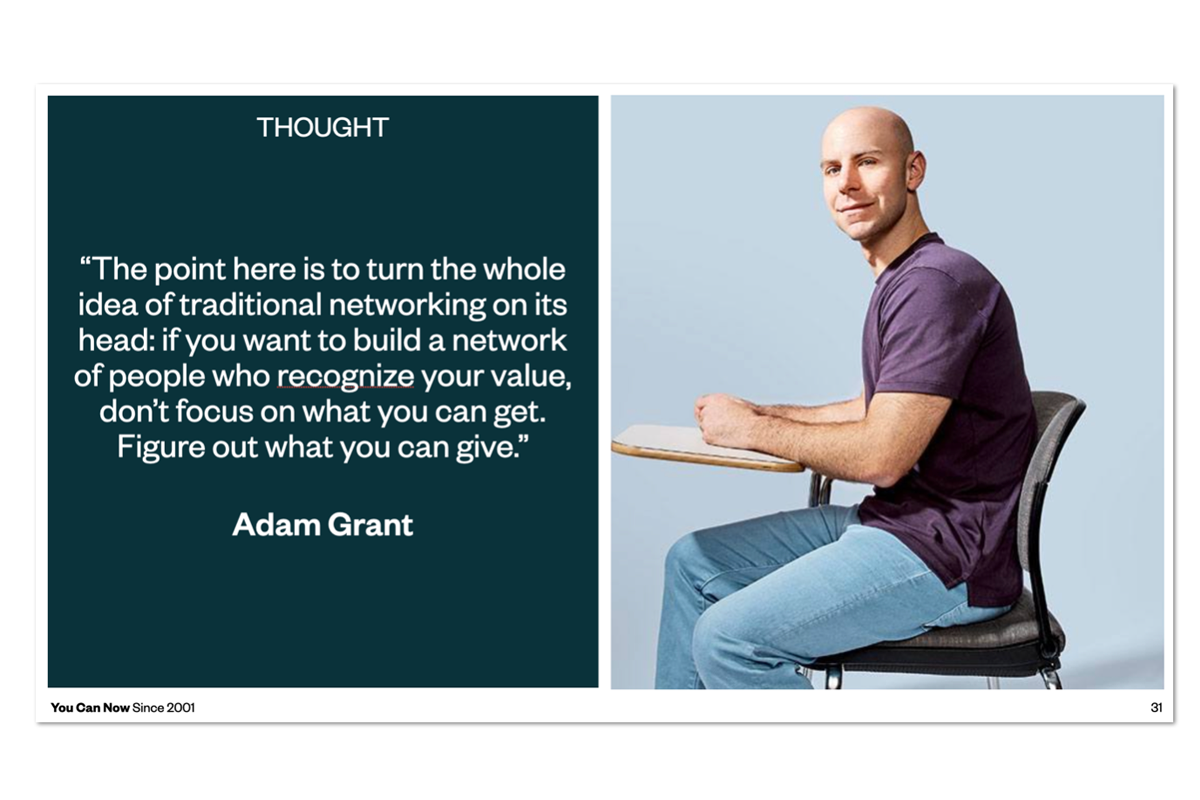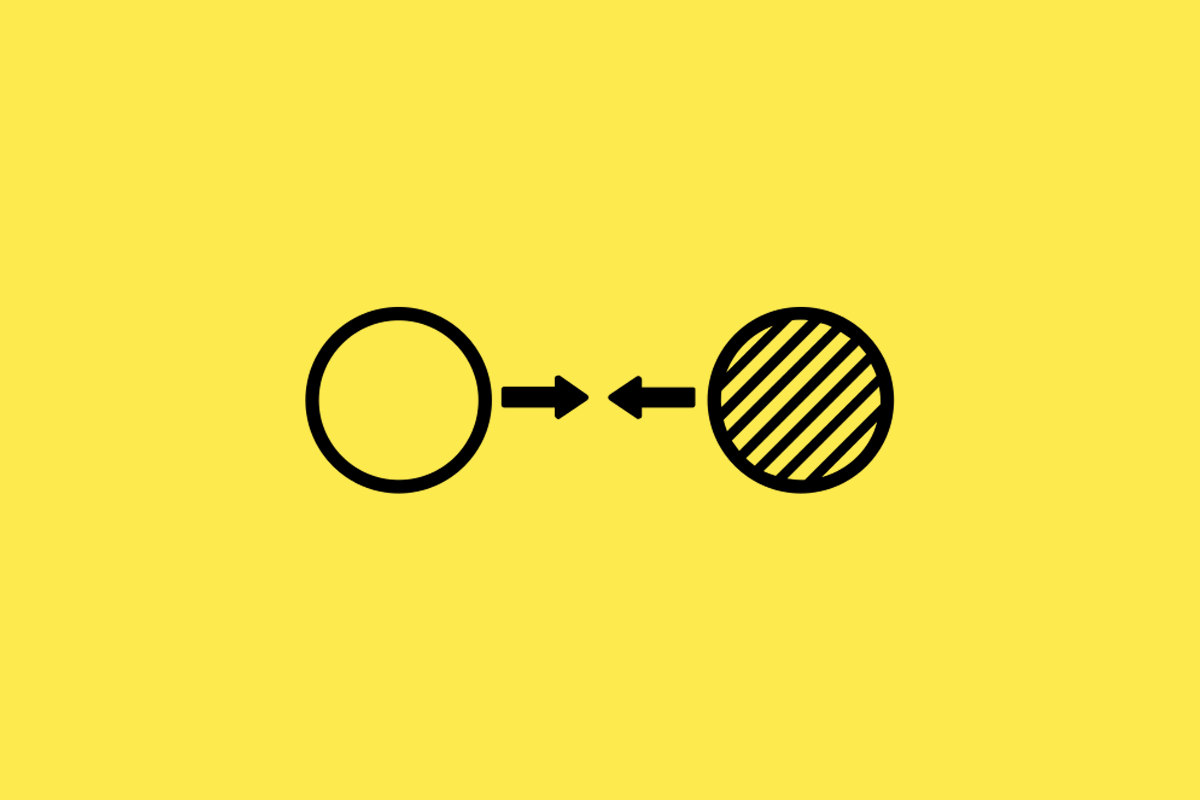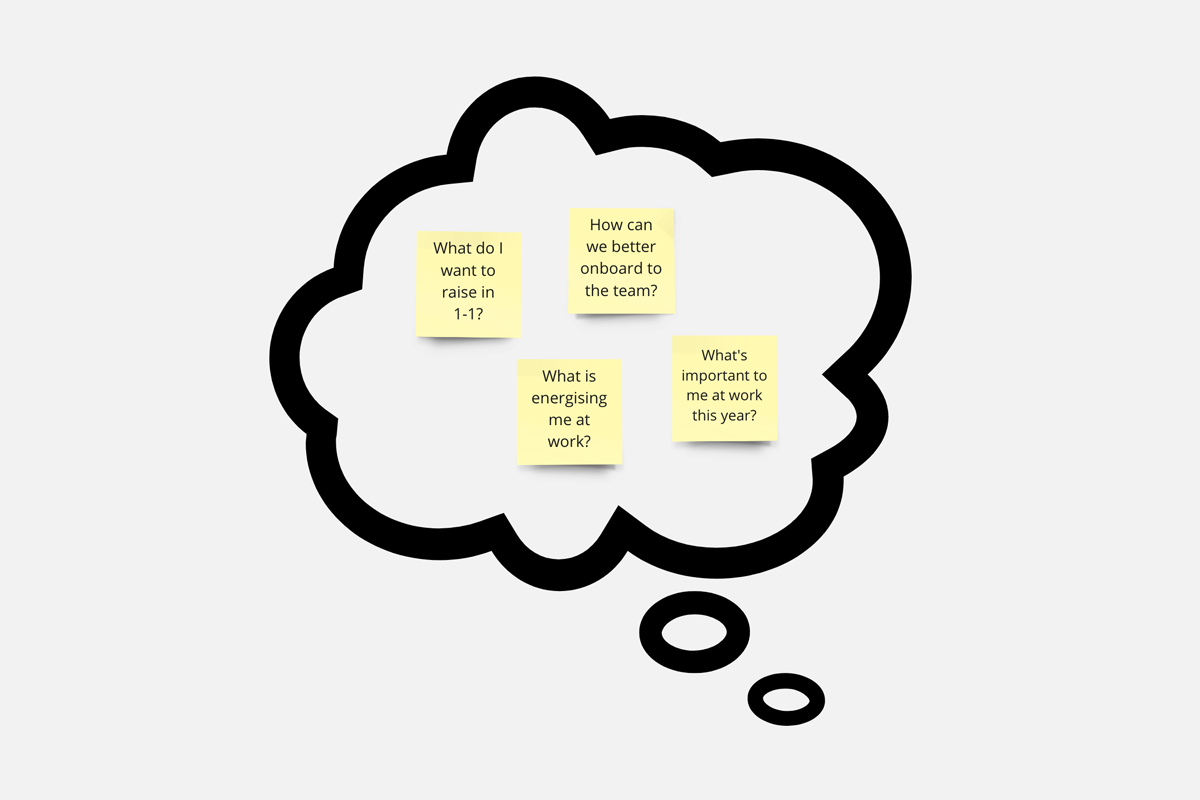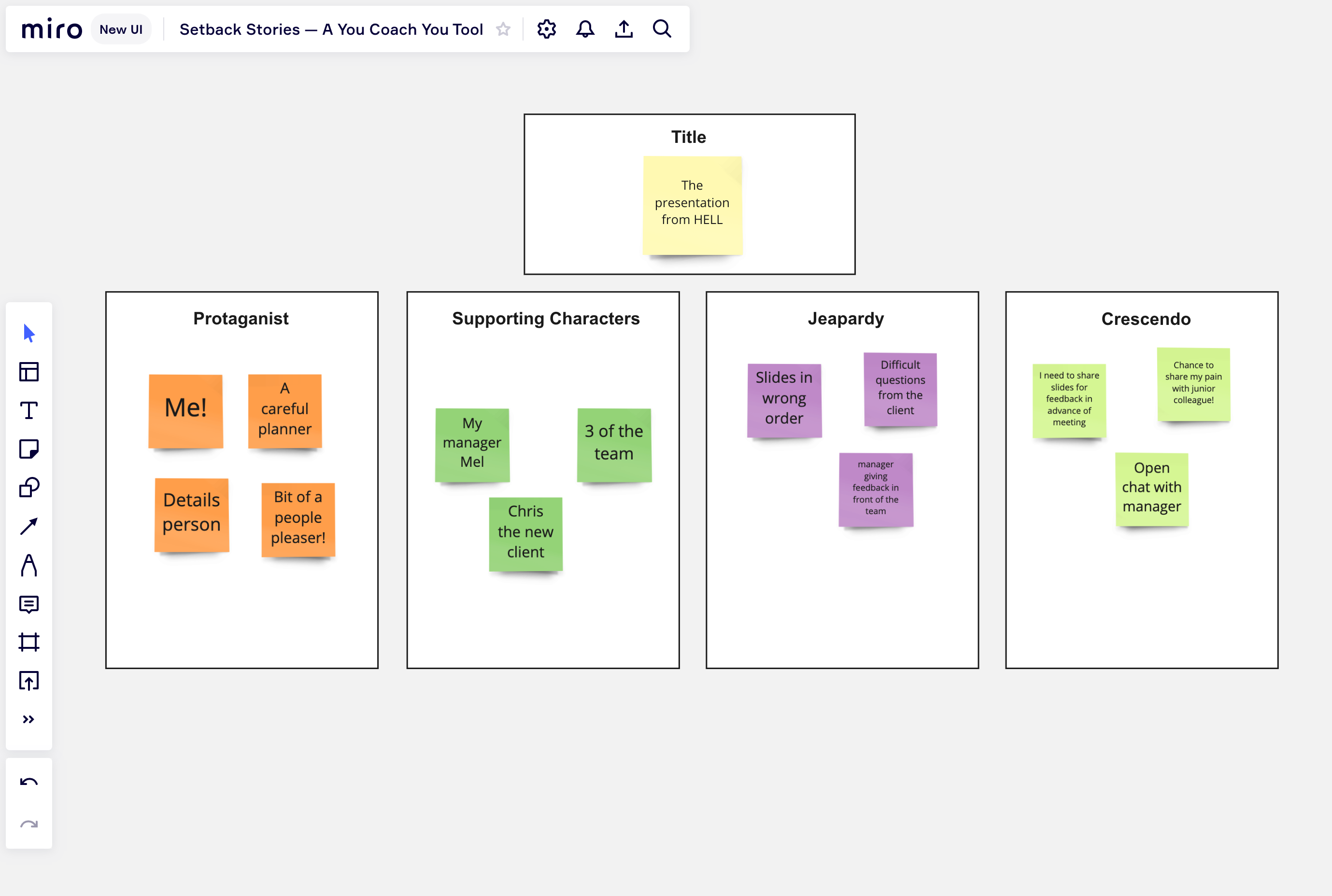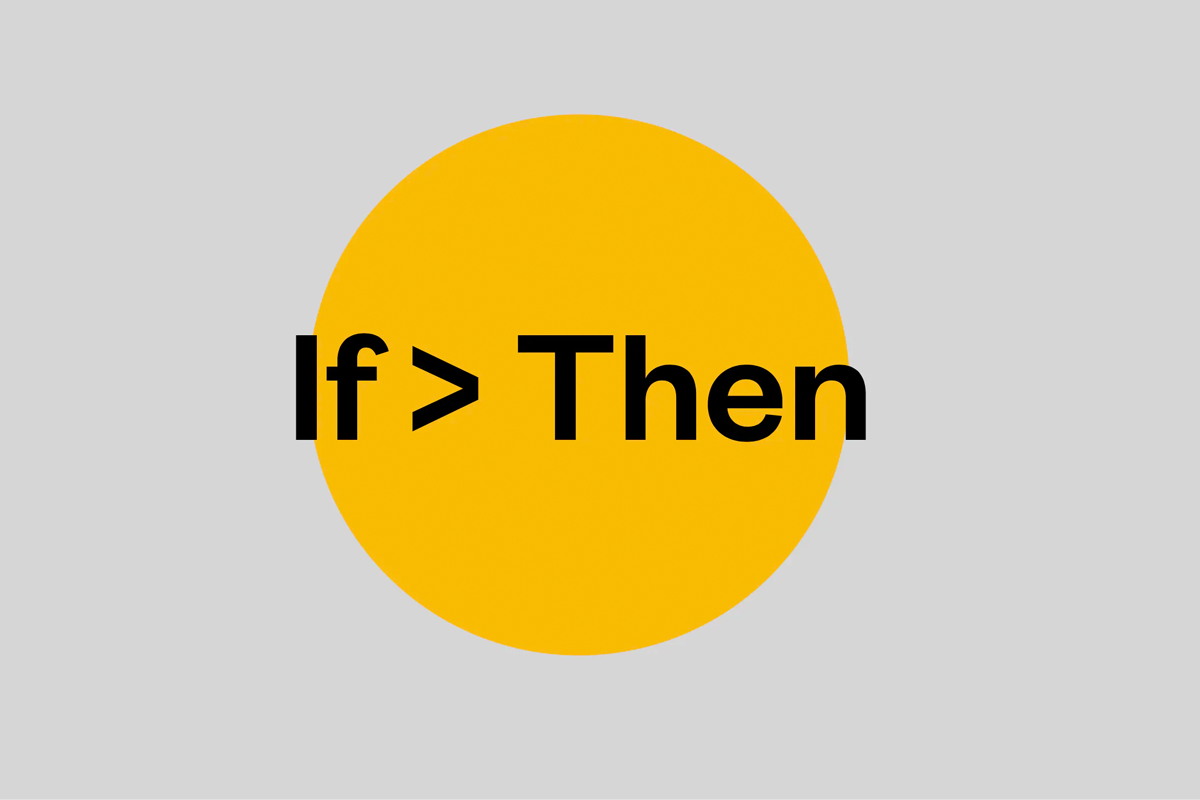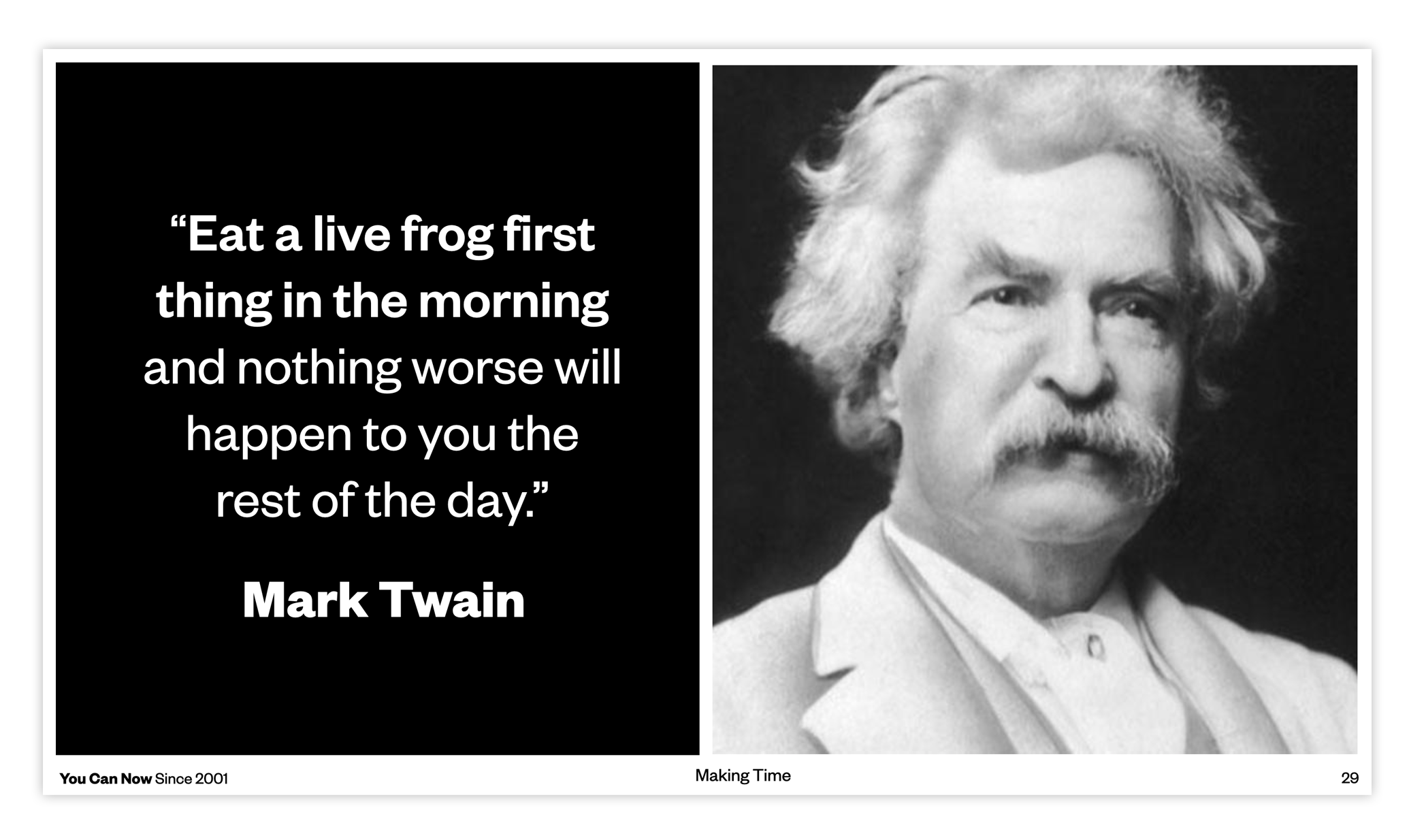For you, new and popular
Solve problems before they happen with pre-mortems

Many of us will be familiar with the idea of a post-mortem or a project retro — a review conducted after a project's completion of what went well, what went wrong, and what could be improved on the next go round. But a lot of the problems you’ll end up facing on a new project can be easily identified and easily solved from day one. That’s where pre-mortems, used by lots of growth-minded teams — and cited in Annie Duke’s excellent Thinking in Bets — come in.
As its name suggests, a pre-mortem gets in early to identify problems, sticking points and pitfalls before they’ve arisen. And once they've been surfaced we can proactively explore how to mitigate them. A head start on headaches.
Below we share some simple steps to follow so you can give pre-mortems a go in your team. Try one today to pre-problem solve and bias bust your project.
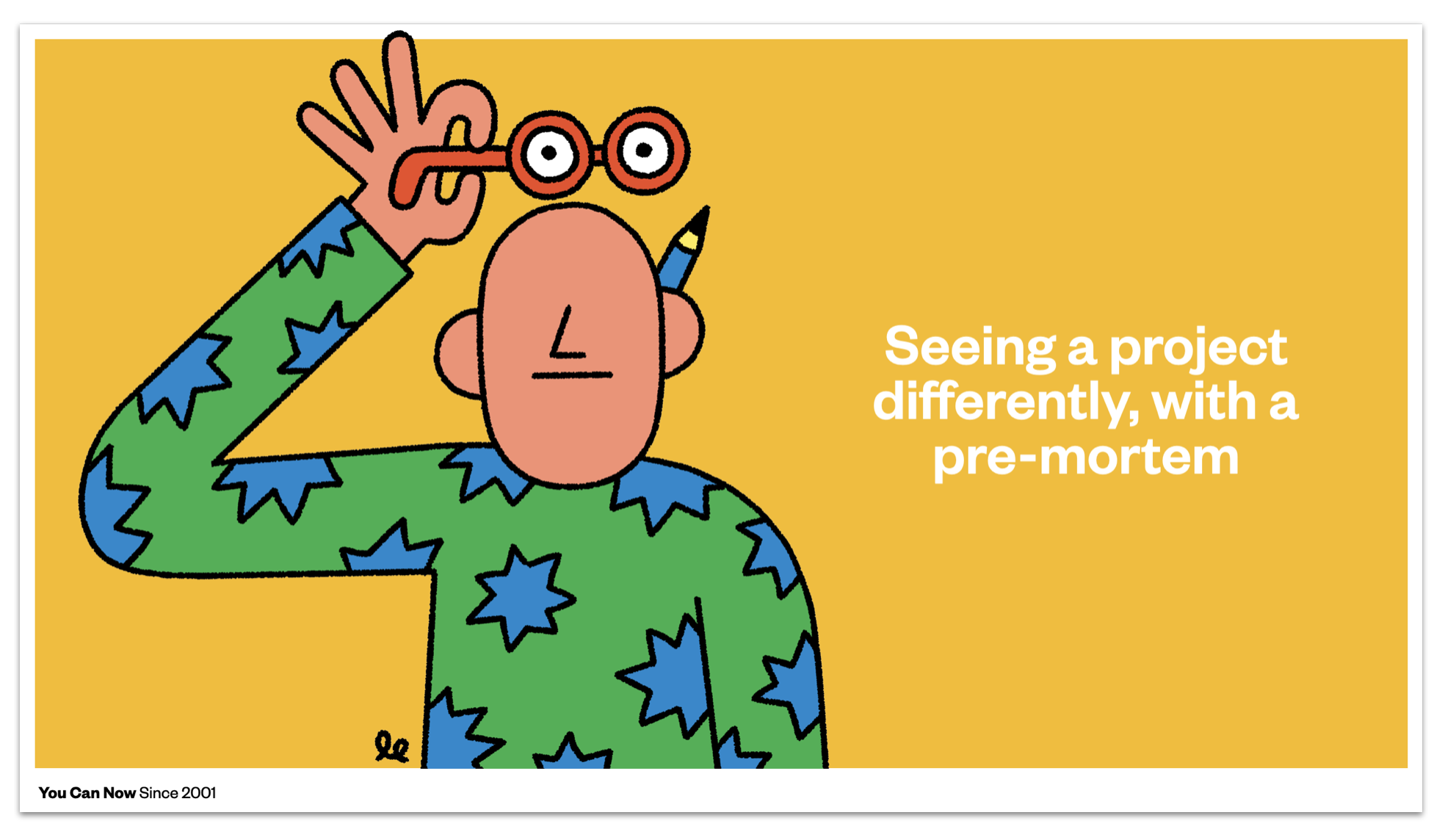
Assemble your team, making sure that everyone who needs to be at the pre-mortem is present. If your team is dialling in remotely, create a Miro or collaborative whiteboard so everyone's thoughts and contributions are visible and shared. If it’s in-person, grab some pens and paper.
Pre-mortems shouldn’t take longer than 20-30 minutes, so make sure to neatly timebox each step. If this is your first time trying a pre-mortem, set an initial 2 minutes for the first round of brainstorming (laid out below).
Ask your team to look into a ‘crystal ball,’ and imagine a dark and gloomy future - the task or strategy or project you’re all about to begin working on has failed. But why?
What specifically went wrong? Be as descriptive as you can. The idea here isn’t to invoke nausea, rather to flush out as full a picture of potential problems as possible.
Start the timer and brainstorm, in silence, with your team.
👉 A lot of teams find Mind-Maps particularly useful here.
Time's up. Go around the group one member at a time and ask each person to reveal their top reasons why the project failed.
Was the deadline missed? Were there unchecked biases that knocked it off course? Did the project go over budget? Did the style of the marketing campaign not click with your audience? Were there creative tensions among the team? Did the website crash?
Write all the answers somewhere shared and visible; on post-it notes stuck to the table if in-person, or in text boxes on your virtual whiteboard.
Here’s where the real pre-problem solving gets going.
Address each individual reason that the future project failed. Start by judging, as a group, the likelihood that the problem will occur. For example, tornado hitting the office - unlikely; creative tensions among the team - likely; deadline missed - very likely.
Next, assess how big of a contribution the reasons made to the failure of the project. For example, the project going over budget - severe; creative tensions among the team - less severe.
Rank your reasons by risk and likelihood, with high likelihood and high risk at the top and low likelihood and low risk at the bottom.
Working from the top down, begin putting steps in place to solve the problem before it happens.
If going over budget is highly likely and very risky to the success of the project, you might give someone in the team the job of monitoring expenditure on a week by week basis and reporting to the project leader.
If the website crashing isn’t very likely but poses a huge risk, speak to someone in IT who can run a safety check on the site, or who can do a quick risk assessment to make sure the platform is up to date.
What blockers can you put in place to stop problems from appearing seemingly out of nowhere?
Perks of a pre-mortem
👍 Revealing biases
Especially in group settings with a diverse range of minds and mindsets, slowing down and assessing your decision making and assumptions unearths the biases that might get in the way of the project's success.
👍 Reducing overconfidence
Imagining that the project has already failed forces the team to ‘reality check’ and understand the risks involved. But when everyone sees the roadblocks ahead, and knows precisely how to hurdle them, it builds that confidence back from a healthier and more grounded place.
👍 Clear roles
With a collective understanding of what could derail the future project, everybody knows exactly what part they play in solving the issues.
Hungry for more?
👉 Try The Six Thinking Hats for collaborative problem solving, bias busting and ideation
👉 Make your next meeting a Silent Meeting for focus and retention
👉 Use the Round-Robin Brainstorming Technique and build on each others ideas






